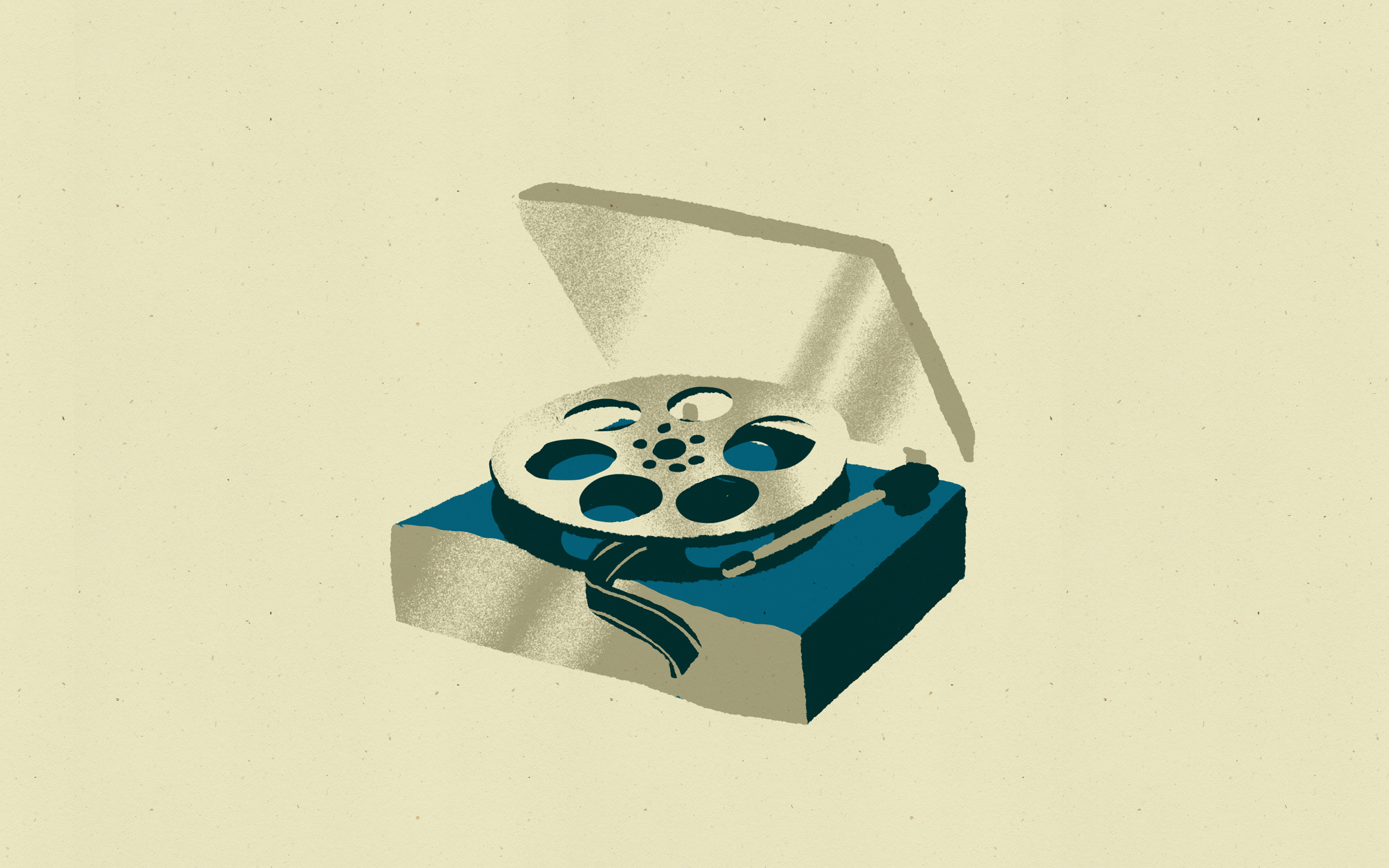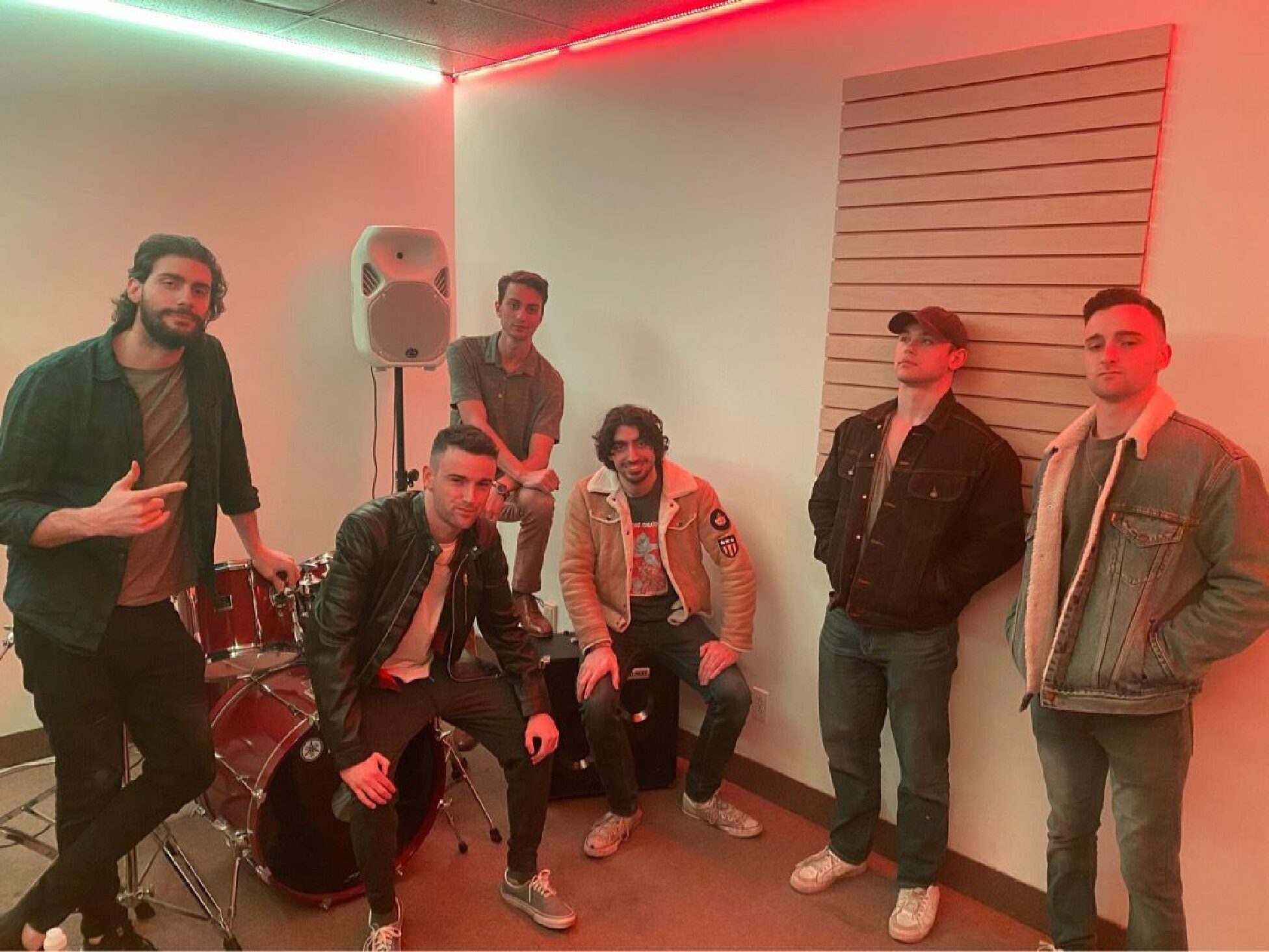While an original score can capture the tone of a film, the proper placement of licensed songs can birth iconic moments that live beyond the film’s runtime
Though music and film are separate forms of art, they serve each other in extremely complementary ways. A song on its own can be great but pairing it with a sensational music video can be the difference between a great song and an iconic one. In the same way, a great film can stand on its own, but a quality soundtrack can bring that film to life in a very special way.
These aren’t musical scores I’m talking about. While those set the tone and capture the mood and emotions on the screen, they are made to do just that, as they’re created in conjunction with the film. What I’m talking about here are licensed soundtracks, a list of songs that existed on their own separately but were placed in a film and took on a new life as part of a character’s story.
There is a certain level of nuance and finesse to the art of soundtrack curation that goes almost completely under the radar when we discuss music in film. We give composers like Hans Zimmer and John Williams their credit for scoring films regularly, but rarely do the music supervisors and their departments get their respect for curating phenomenal soundtracks.
To be able to bring a character, their journey or even just a snapshot of that journey to life using pre-existing songs shows an understanding of their story beyond the surface level. It gives their character a certain tangibility — a feeling of realness and relatability that is missing when using a grand, orchestral score. It could be that the lyrical content fits the character or scene, or it could be an existing attachment to the songs. Either way, it brings a very human element to these characters and their stories.
When you look at some of the most memorable music moments in film, I’ve found that there are three different types of song placements: the setting-establisher, the character-developer, or the scene-carrier. While they can crossover, those are the three that I’ve found to be most common.
The setting-establisher is pretty self-explanatory, as it serves to establish the setting in which the movie takes place. This can be seen in the opening credits sequence of Richard Linklater’s 1993 coming-of-age film Dazed and Confused, with Aerosmith’s “Sweet Emotion.” The song begins as an orange Pontiac GTO slowly pulls into the parking lot of Lee High School on the last day of school in 1976 and continues over a montage of activities happening at the school.
This technique is useful, especially in this instance, as it not only establishes the setting both in time and geographically but also does a good job setting the tone for this movie. The opening, breezy guitar strings and Steven Tyler’s soft, smooth vocals are the perfect audio companion to the first day of summer the protagonists are about to experience.
The second type of placement, the character-developer, is a song used in a moment that is integral to a character, mainly the protagonist’s, journey. The use of the Pixies’ “Where Is My Mind” in David Fincher’s Fight Club is a prime example of this.
Though it’s the conclusion of the film, it is also the biggest moment in the narrator’s development, as he has overcome his dissociative personality and mental anguish. The song starts as the narrator and his love interest stare off into the exploding skyline, and as they watch he tells her, “You’ve met me at a very strange time in my life,” leading into the song’s first verse. It captures the chaotic mental state of the narrator extremely well, while also serving as an explosive closer to the film.
Finally, the scene-carriers are moments in which the song is the focal point of the scene, as the song is actually being listened to or played within the movie’s world. These are moments like “Bohemian Rhapsody” in Wayne’s World or “Tiny Dancer” in Almost Famous, where the characters are interacting with the song.
These moments are the ones in which a character becomes extremely relatable, where they are partaking in the enjoyment of something the viewer themselves enjoys in reality. Having a group of characters sing along to popular songs humanizes them in a very unique way. The viewer can’t help but join in by singing along, or at the very least by smiling as they grow more connected to the characters.
Not all moments of matching a song to a scene are successful though. Of course, when soundtrack curation is done right, we get iconic moments like those mentioned above, but when it’s done wrong, we get abominations like the “Smells Like Teen Spirit” scene in 2015’s Pan.
The film does a massive injustice to the classic song, working it into a cringeworthy pirate shanty, sung by a choir of children led by Hugh Jackman’s Hook. It’s a completely uncharacteristic use of the song that has no understanding of the characters in the movie or the song’s content.
One film that fully embraces and understands the importance of song placement within a film’s world and narrative is Marvel’s beloved space opera, Guardians of the Galaxy. When the film released in 2014, both the movie and its excellent soundtrack received heaps of praise.
The tracklist is comprised of a group of undeniably classic but never overplayed songs, from Blue Swede’s “Hooked on a Feeling” to Redbone’s “Come and Get Your Love.” Every single song was worked into a scene and every placement was magic. The best part is that the songs that viewers heard as they watched their lovable protagonist’s journey, were the songs he was listening to with them.
The movie’s official soundtrack titled Awesome Mix Vol. 1, the name of the mixtape Chris Pratt’s character uses in the film, was a massive success. It went on to be one of the ten highest-selling albums of its release year and a top three best-selling vinyl album of the 2010s. While the Marvel brand is strong, and the songs on their own are fantastic, it was the perfect marriage between the film and the songs used that created such an enormous impact on pop culture.
That perfect marriage between scene and song is what makes licenced soundtracks so special. While a traditional movie score can be a beautiful orchestral piece in its own right, there is something about a well-curated soundtrack that makes a movie more relatable. To be able to take two completely separate things and combine them to create something special is no easy feat, and it should be recognized as the art that it is.




